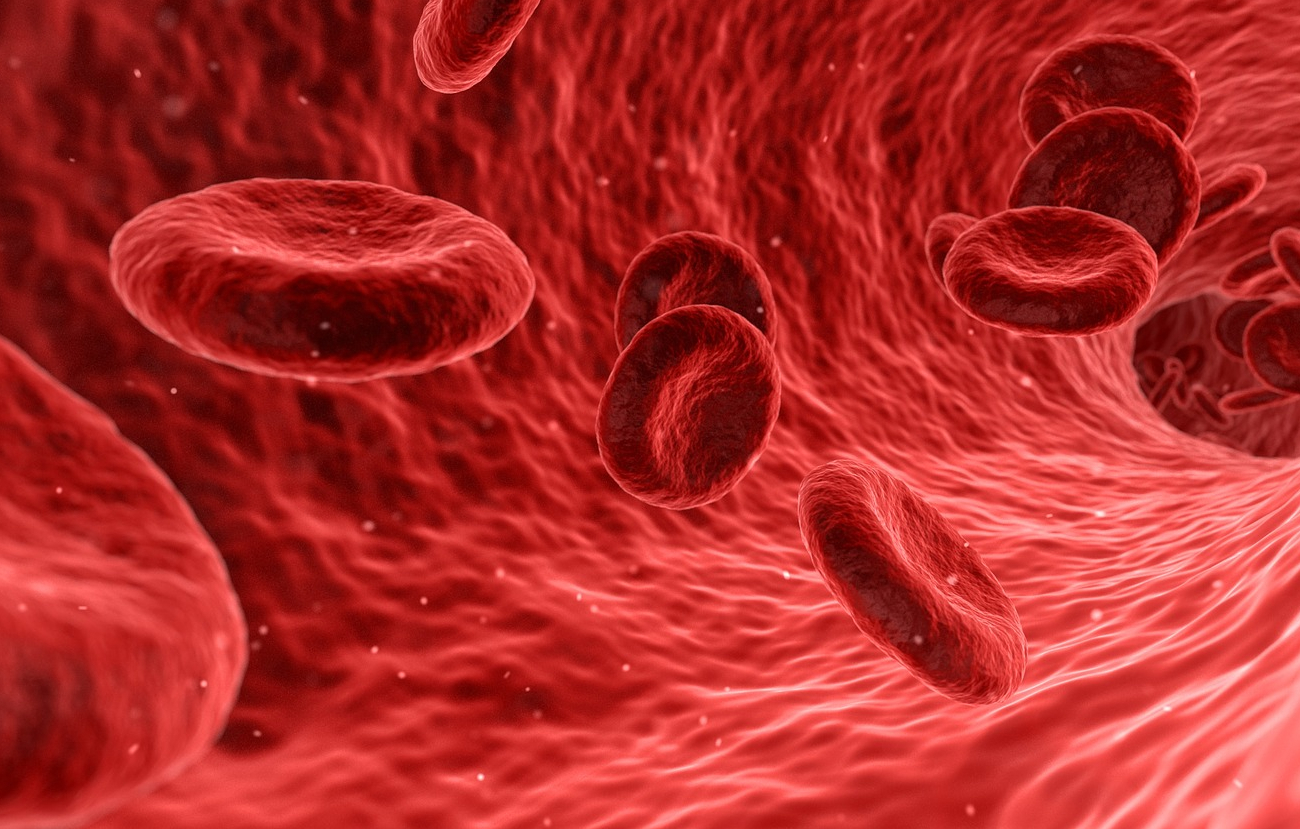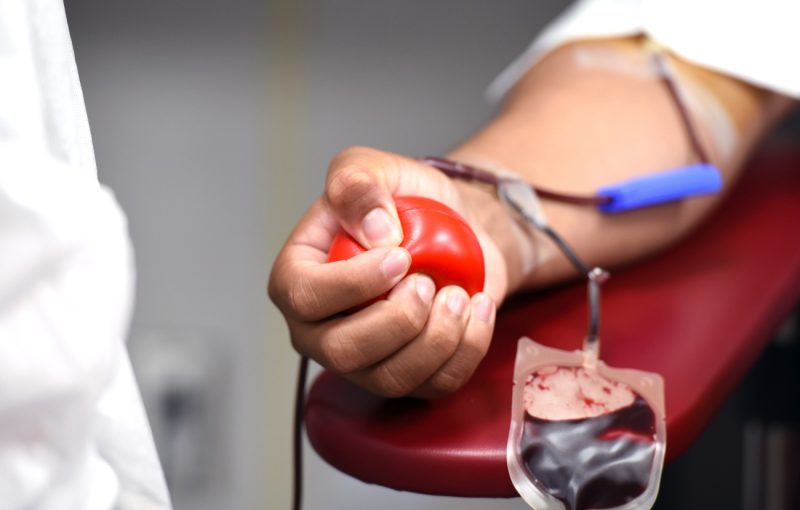
Artificial blood or the opportunities of regenerative medicine
Red blood cells are responsible for transporting oxygen throughout the body. In a world first clinical trial, scientists recently announced that they have administered laboratory grown red blood cells into another person [1]. In the past, laboratory-made blood has been transfused using stem cells from the recipient’s own blood. As part of the RESTORE trial [2], researchers from the United Kingdom have now given two volunteers a small volume of red blood cells that were produced from the blood of unrelated donors, a process known as allogeneic transfusion.
At least ten participants will be recruited for the study. They will each receive two mini-doses at a minimum of four months apart; one will be made from regular donated red blood cells, the other from laboratory grown red blood cells. Prior to the transfusion, scientists are labelling the cells with a radioactive marker so that they can follow their lifespan. This will enable them to determine whether the red blood cells generated in the laboratory can survive longer in the recipient’s body than the donated red blood cells.
Manufactured blood that lasts longer than donated blood could reduce the frequency of transfusions for patients who require them continuously. It could also have implications for patients with rare blood types or blood disorders. While more studies are needed, the trial is a first step toward establishing laboratory grown red blood cells as a clinical product.

How was the blood grown in the lab?
The artificial blood was produced in a series of steps that start with a simple blood donation. First, stem cells —cells with the potential to develop into specialised types of cells in the body— were selected and isolated from the donor’s blood. Under the right laboratory conditions, they were expanded and subsequently stimulated to differentiate into red blood cells. At the end of this process, which takes about three weeks, an estimated 15 billion red blood cells will have reached the appropriate development stage for transfusion. Since stem cells allow the production of any type of red blood cells, even those of the rarest groups, artificial blood could be a much-needed substitute for those patients who lack adequate donors. The financial and technological challenges of producing at a larger scale, however, are significant, and further research is required.
An illustration of regenerative medicine
The study highlights the importance of addressing the root causes of diseases and disorders instead of their symptoms. This is the goal of advanced therapies and regenerative medicine —such as gene therapy, cell therapy and tissue engineering— whose focus is on developing new and innovative treatments to regrow, repair or replace damaged or diseased cells, tissues or organs.
This field of research is interdisciplinary and fast-moving. According to the latest report of the Alliance for Regenerative Medicine, there were more than 2,400 clinical trials of tissue-engineered, cell and gene therapies underway worldwide by the end of 2021 [3]. There are 22 advanced therapies currently marketed in the European Union [4] following authorisation from the European Medicines Agency (EMA) in accordance with the European Commission Regulation 1394/2007 for advanced therapy medicinal products [5]. With the advancement of technologies and groundbreaking scientific discoveries, regenerative medicine has the potential to transform healthcare. This offers substantial hope for improving patient outcomes across a wide range of medical conditions, including those that remain untreatable to date.
Authors: Clémence Foltz, Nicole Ticchi
References
[1] BBC (2022). Lab-grown blood given to people in world-first clinical trial. [online] Available at: https://www.bbc.com/news/health-63513330
[2] NHS Blood and Transplant. RESTORE. Recovery and survival of stem cell originated red cells. [online] Available at: https://www.nhsbt.nhs.uk/clinical-trials-unit/current-trials-and-studies/restore/
[3] Alliance for Regenerative Medicine (2021). Regenerative Medicine: Disrupting the Status Quo. [online] Available at: https://alliancerm.org/sector-report/2021-annual-report
[4] Alliance for Regenerative Medicine. Available Products. [online] Available at: https://alliancerm.org/available-products/
[5] Official Journal of the European Union. Regulation (EC) No 1394/2007 of the European Parliament and of the Council of 13 November 2007 on advanced therapy medicinal products and amending Directive 2001/83/EC and Regulation (EC) No 726/2004. [online] Available at: https://eur-lex.europa.eu/LexUriServ/LexUriServ.do?uri=OJ:L:2007:324:0121:0137:en:PDF